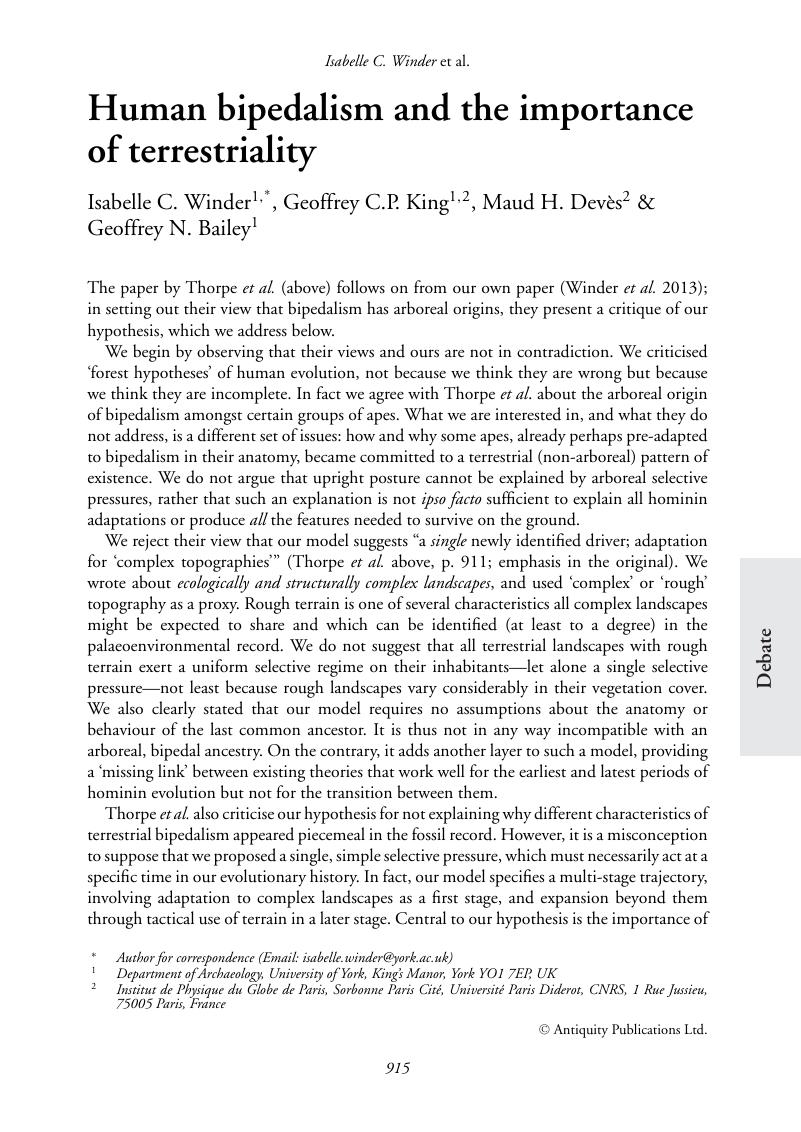Crossref Citations
This article has been cited by the following publications. This list is generated based on data provided by Crossref.
Winder, Isabelle
2015.
Landscape Structures and Human Evolutionary Ecology: space, scale and environmental patterning in Africa.
Internet Archaeology,
Bennett, Matthew R.
Reynolds, Sally C.
Morse, Sarita A.
and
Budka, Marcin
2016.
Footprints and human evolution: Homeostasis in foot function?.
Palaeogeography, Palaeoclimatology, Palaeoecology,
Vol. 461,
Issue. ,
p.
214.
Kübler, Simon
King, Geoffrey C. P.
Devès, Maud H.
Inglis, Robyn H.
and
Bailey, Geoff N.
2019.
Geological Setting, Palaeoenvironment and Archaeology of the Red Sea.
p.
653.
Rashford, John
2023.
Baobab.
p.
35.



